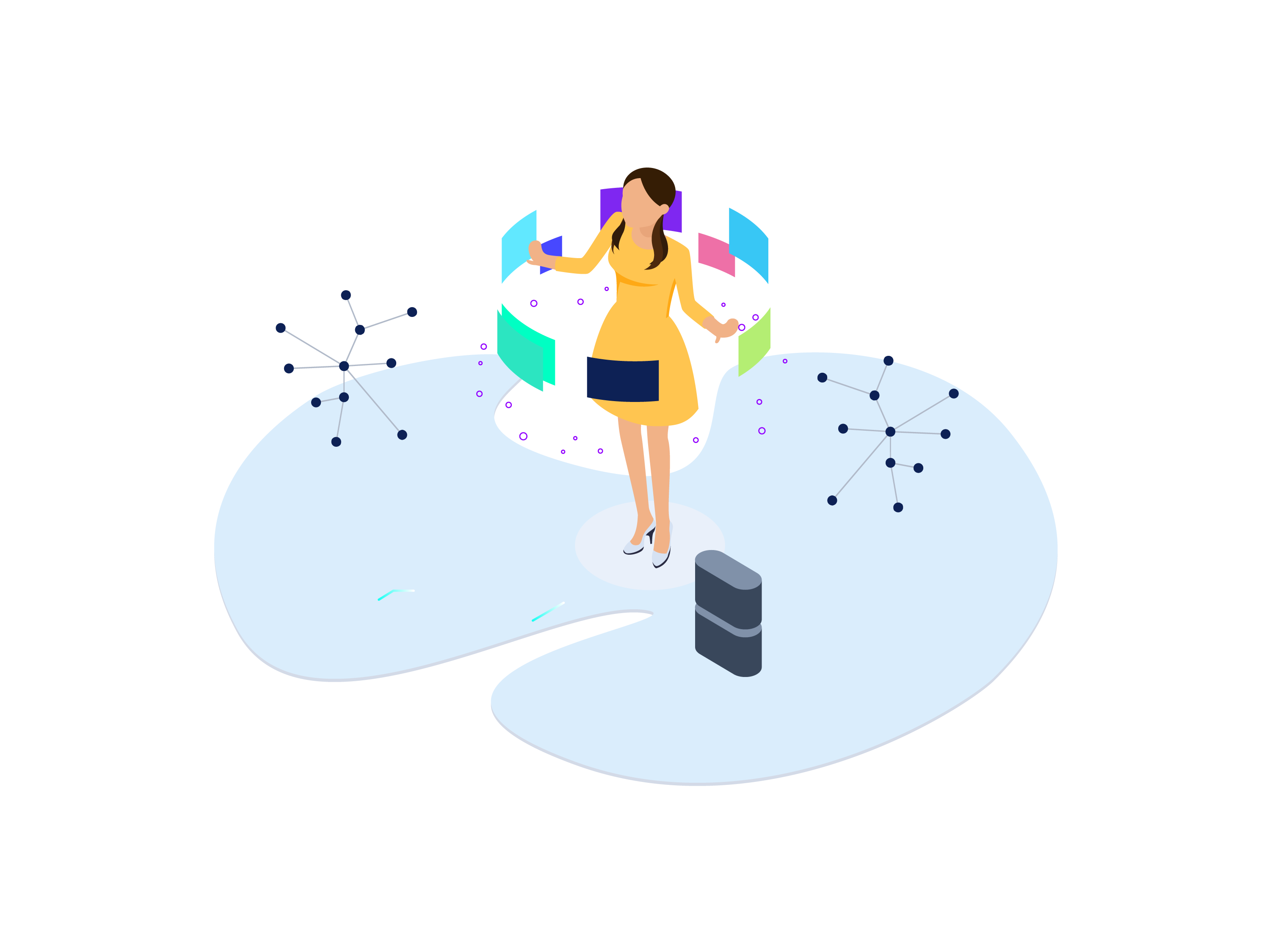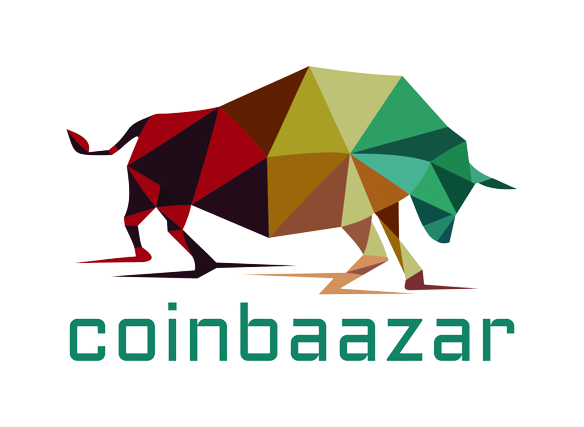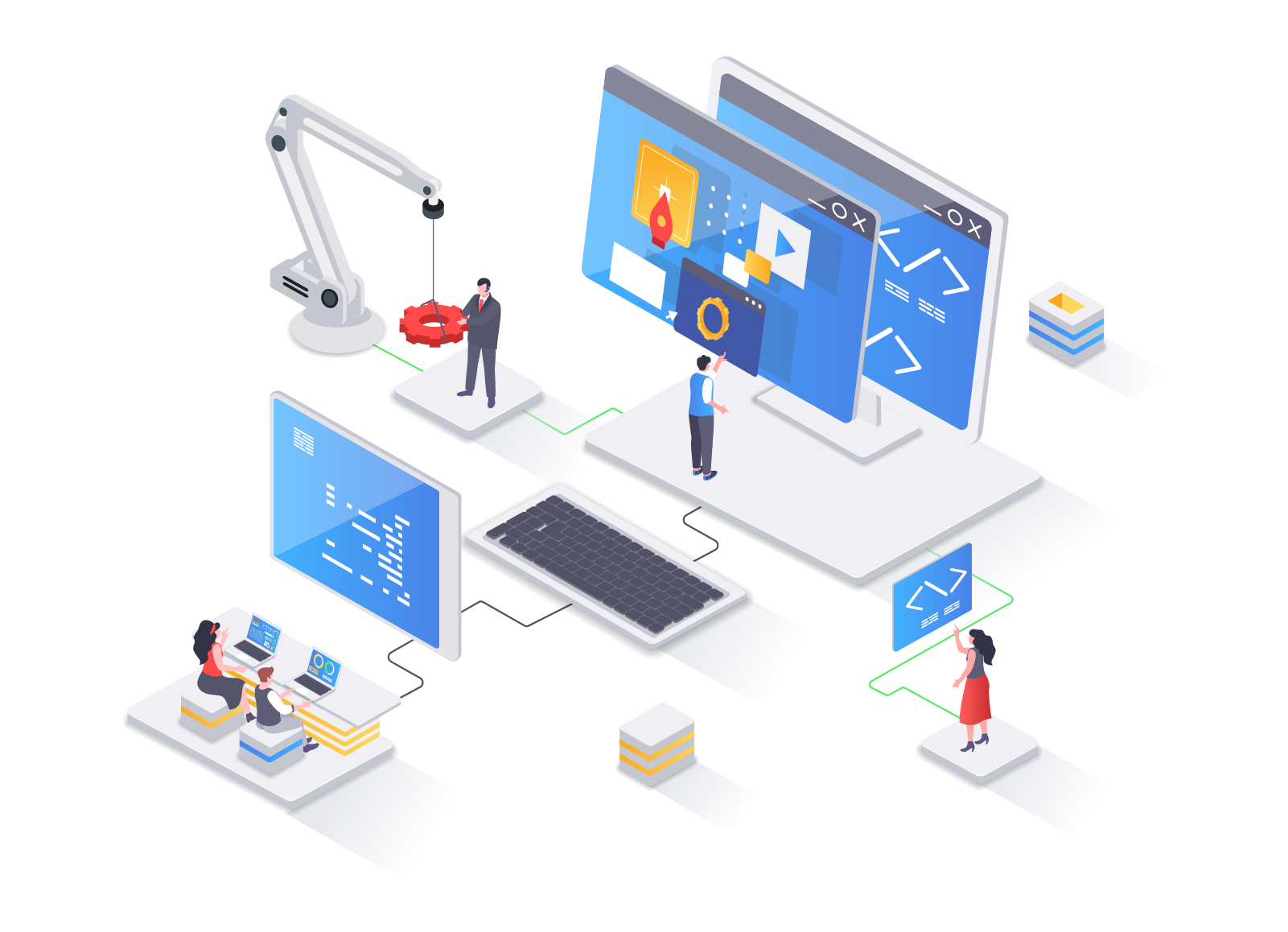What Exactly Is Web3, and How Will It Affect the Internet as We Know It?
The move to a semantic web is well underway, and blockchain technology is playing an important role.
Since it started in 1990, the internet has changed from Web1, which was made up of static read-only sites where users didn’t do much, to Web2, which is made up of dynamic read-write pages that make money through advertising and sell user information as a commodity.
However, times are changing, and more businesses are opting to operate remotely. Data and privacy are becoming increasingly important, and blockchain technologies are rapidly advancing.
This is causing a shift in how we use the internet, as well as the creation of a new and improved web: Web3.
What is Web3, what role will blockchain play in its development, and what can we expect for the internet’s future?
The modern internet.
Web2 is what we are familiar with and use today. Social media, blogs, and dynamic content are now the norm. Every second, content is sent all over the world, and information is just a click away.
Although growth over the last decade has been undeniably exponential, many flaws remain.
Large corporations that monopolize parts of the internet are over-reliant. Our data is owned by cloud storage companies and social networks, which can be deleted at any time or sold to advertisers.
Global availability is a major issue, and corporations have prioritized profit over people. In first-world countries, the internet is regarded as a right rather than a privilege. However, over 1 billion people—roughly 10% of the global population—lack internet access.
Even though there is still a long way to go and many problems have not been solved, there is a push for a new, more democratic internet.
The Internet’s Future
Polkadot (DOT) founder Gavin Wood popularized the term “Web3” as a crypto-specific term. It’s a term used to describe a new internet that emphasizes ownership and decentralization.
Even though this is a big part of the new internet revolution, the idea has been around since the beginning of the internet, long before blockchain technology.
In an article published in 2001, Sir Tim Berners-Lee, the inventor of the internet, described his vision for a semantic web.
“The Semantic Web will make it possible for computers to understand documents and data based on their meaning instead of how people talk and write.”
“The Semantic Web can help the growth of human knowledge in general if it is designed well.”
While Mr. Lee’s vision has yet to be fully realized, it has been widely shared and advocated for over the last two decades.
It has been changed to fit the idea that the web is becoming more democratic and decentralized, getting around internet monopoly silos to give people back control of their information, assets, and data.
While a seamless transition from Web2 to the Semantic Web or Web3 is unlikely, things are progressing in the right direction. And blockchain technology has the potential to change the internet as we know it.
Blockchain and Web3


Blockchain technology is commonly associated with cryptocurrencies such as Bitcoin and Litecoin, which function as digital currencies.
Many people don’t know that blockchain and decentralized technologies can be used for more than just digital payments.
Storage that is distributed
Stratos (STOS), Filecoin (FIL), and Arweave (AR) are all projects that are building decentralized storage and cloud infrastructure with the goal of giving online assets back to the people who made them.
With technologies like IPFS, users can upload and access data quickly and safely, no matter how big the file is.
Edge computing and thousands of widely spread nodes that act as microservers bring computing and storage closer to where data is created.
This makes it easier for people in developing countries to connect to the internet and makes true decentralization possible by getting rid of centralized servers and data hubs that go down often.
NFTs
Nonfungible tokens (NFTs) are still in their early stages and have primarily gained traction as digital and tradeable art. However, the potential applications for NFTs are much broader.
Technology has advanced quickly, but asset ownership and verification have lagged. Signing legally binding documents with a pen and paper is a thing of the past. ID theft and online theft are common and appear to be unavoidable.
NFTs have the potential to address these and other issues. Blockchain-based projects are hard at work developing NFT use cases for issues such as voting, medical records and identification for developing countries, intellectual property ownership, supply chain management, and so on.
While digital art is the first iteration of NFTs, its technology still has a long way to go.
Digital wallets
Cryptocurrency wallets facilitate the exchange of digital assets between parties. Through the use of public and private keys, users have complete access to and control over their cryptocurrencies.
Again, this is most likely just the beginning.
Status (SNT) is a project that is making digital wallets with extra features like encrypted messaging and decentralized Web3 browsers.
These projects might be able to compete with social media companies by making ads and data collection unnecessary as ways to make money.
Users could hold and control not only their cryptocurrency, but also their personal information, identification, and tokenized assets like real estate.
These are a few examples of blockchain technology’s applications and the role it will play in Web3 and a truly decentralized, semantic Web.
What is the next step?
There’s no telling how far the concept of Web3 and the Semantic Web will go or what’s to come.
If you had proposed ridesharing platforms, artificial intelligence, and blockchain in the early 1990s, you would have been laughed at. Proposals and potential use cases for Web3 will most likely receive a similar reaction.
There will be a lot of trial and error, and some projects will work out and others won’t.
But because online businesses and companies that are run from home are always changing, adaptations and improvements will continue to fit consumer needs and fill gaps we didn’t even know existed.
Furthermore, more people are becoming aware of flaws in its operations. Data and personal information are commodities. Single companies own significant portions of the internet and make trillions of dollars in profit each year, and yet over 1 billion people are still unable to access the internet.
But times are changing: blockchain and decentralized technologies are quickly becoming recognized as critical pieces of the puzzle for the internet’s future.
Web3 is about more than just cryptocurrency. It will be whatever we make it to be, and it has the potential to change the world for the better.

